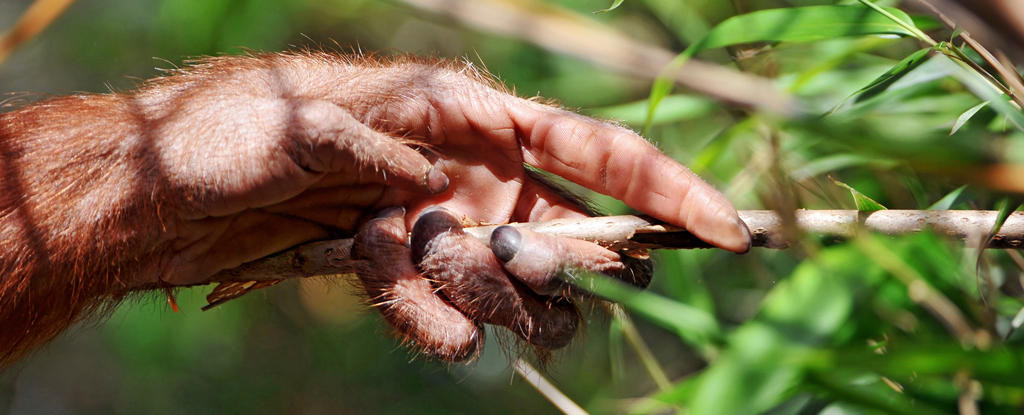Genes, Vol. 14, Pages 541: Primary Ciliary Dyskinesia in a Portuguese Bronchiectasis Outpatient Clinic
Genes doi: 10.3390/genes14030541
Authors: Eduarda Milheiro Tinoco Ana Rita Gigante Edite Ferreira Inês Sanches Rute Pereira Rosália Sá Regina Monteiro Mário Sousa Ivone Pascoal
Primary ciliary dyskinesia (PCD) is a rare hereditary condition characterized by decreased mucociliary clearance of the airways and a compromised reproductive system, resulting in male and female infertility. Several mutations with varied clinical and pathological features have been documented, making diagnosis a challenging process. The purpose of this study is to describe the clinical and pathological features of Portuguese patients with PCD and to examine their genetic variants. A retrospective observational analysis was conducted with patients who were being monitored at a bronchiectasis outpatient clinic in 2022 and had a confirmed or high-likelihood diagnosis of PCD. In total, 17 patients were included in the study, with 12 (66.7%) having PCD confirmed and 5 (29.4%) having a high-likelihood diagnosis. Furthermore, 12 patients were subjected to transmission electron microscopy (TEM), with 7 (58.3%) exhibiting one hallmark defect. Genetic test data was obtained for all 17 patients, with 7 of them (41.2%) displaying a pathogenic/likely pathogenic mutation in homozygosity. To summarize, PCD is an uncommon but significant hereditary illness with consequences regarding morbidity and mortality. Despite the lack of a specific treatment, it is critical to confirm the diagnosis with genetic testing in order to effectively manage the disease and its accompanying disorders.

 1 year ago
25
1 year ago
25


